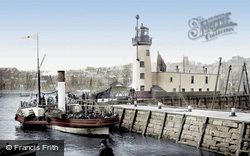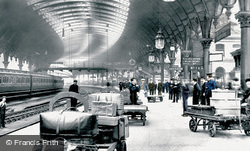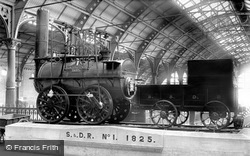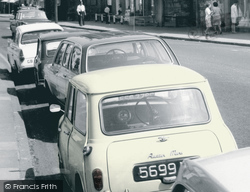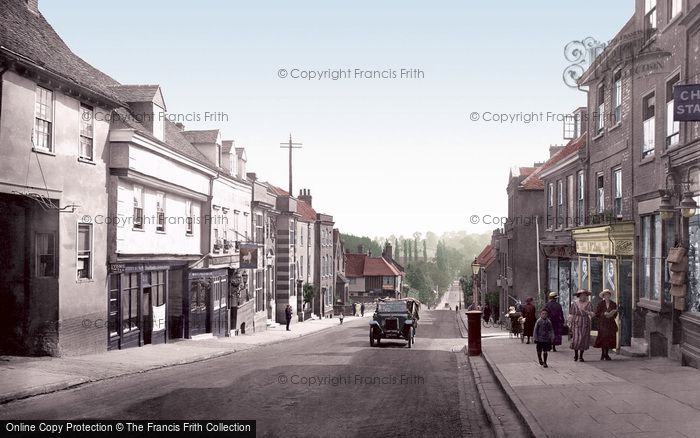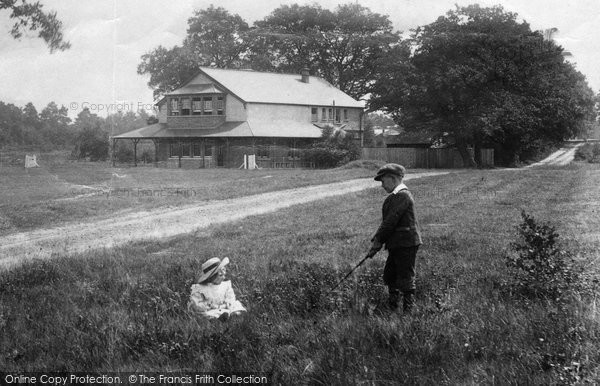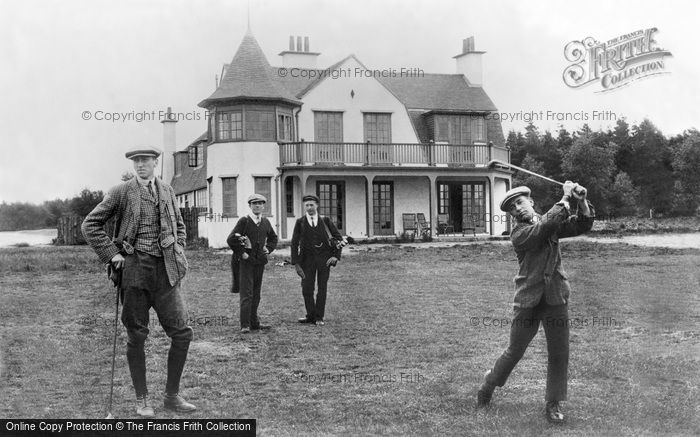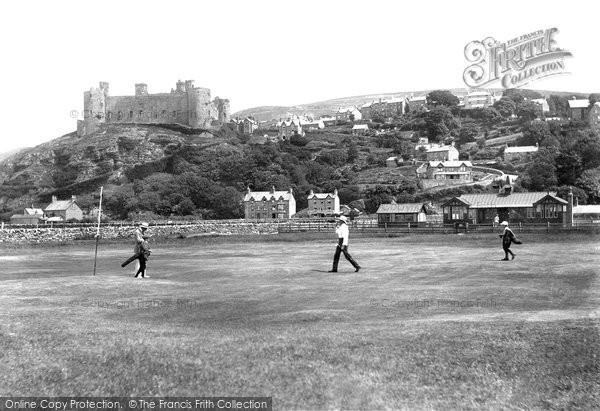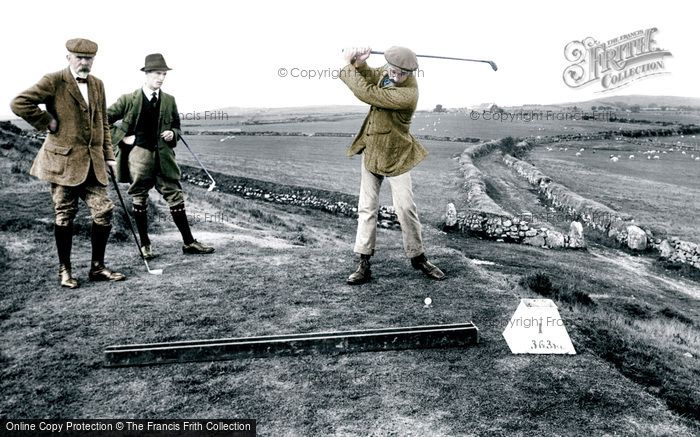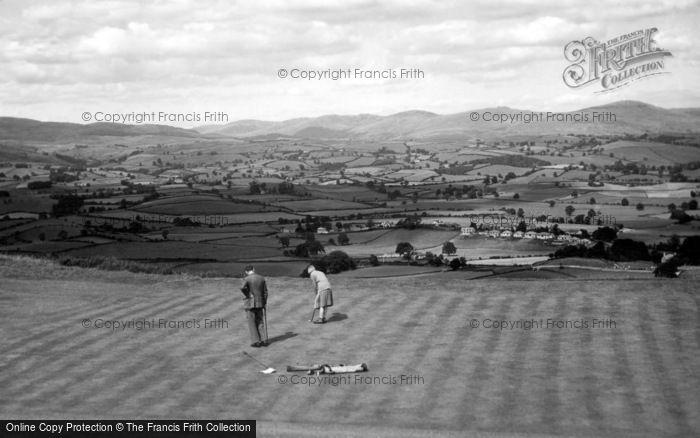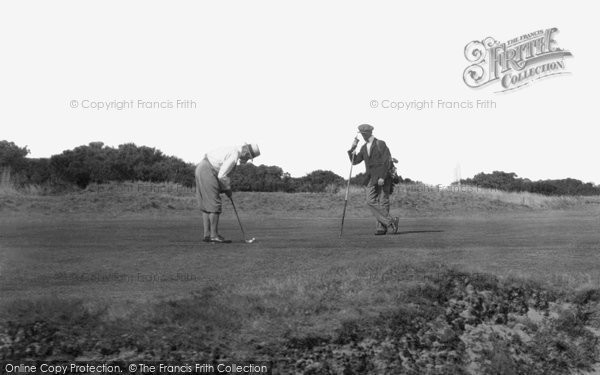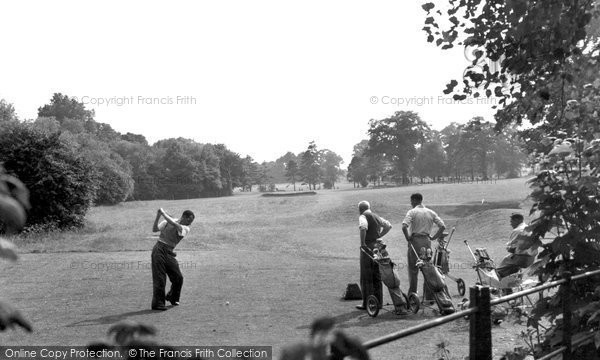Fore! Golfing nostalgia
Published on
September 19th, 2016
A simple search of our online catalogue brought forth some wonderful early photographs of golfing in the UK.
Did you know that The Ryder Cup is named after Samuel Ryder, who came to live in St Albans, Hertfordshire in 1895? The first official Ryder Cup competition took place in 1927, and since then it has developed into golf’s most important team competition. The Verulam Golf Club now proudly proclaims itself ‘the home of the Ryder Cup’.
We hope you enjoy seeing this special photo selection today!
Samuel Ryder made his fortune selling penny packets of plant seeds. After convalescing from an illness in 1908, he took up playing golf to get more fresh air for the good of his health. He became enthusiastic about the game and joined Verulam Golf Club at St Albans, where he served as Captain of the Club in 1911, 1926 and 1927. He became involved supporting professional golfing events, and in 1926 he donated the gold Ryder Cup trophy for a biennial competition between the best professional golfers in the United States and the United Kingdom.
Unfortunately we don’t have any photographs in The Francis Frith Collection of the golf club at St Albans, but there are lots of lovely ones of how the town looked in the 1920s, just a few years before the first official Ryder Cup competition in 1927.
Wellington College in Berkshire has perhaps the finest golf course of any school in the country. Here we see a young boy posing with his golf club in front of the Golf Club House as it looked in 1907.
Hindhead Golf Club was founded in 1904 by Sir Arthur Conan Doyle and a small group of golfing enthusiasts. Conan Doyle lived in a house nearby, where he wrote "The Hound of the Baskervilles" and other Sherlock Holmes novels. We love this stylish, posed shot of a golfer in front of the Golf House taking his swing.
In the background we see the stunning Harlech Castle. The town of Harlech clusters around the stronghold, clinging to the steep slopes in a series of steeply inclined roads. Harlech Castle is the very image of a mediaeval stronghold. Imposingly set on its crag overlooking the sands of Morfa Harlech and the famous golf course, it is little changed today from this view. The song 'Men of Harlech' relates to its eight-year siege during the Wars of the Roses.
Modern golfers benefit from the latest technology: an aerodynamic ball, and well-balanced clubs made from a precise blend of metals. How well might today's professionals perform with a 'featherie', the ball used until 1850? Made from boiled feathers, it was about as aerodynamic as a haggis. Golf was hardly played outside Scotland until the 1860s, when the first English club, the North Devon at Westward Ho!, was formed. At the Mullion course, pictured here, golfers could hear the thundering of the waves on the rocks and enjoy the sea breezes. Golfing dress – Norfolk jacket and breeches – was refreshingly informal in a society which prided itself on its propriety.
The Criccieth golf club was established in 1905, on parkland set high above Cardigan Bay. The landscape in this photograph gives the appearance of great antiquity, with low stone walls and irregularly-shaped fields where sheep graze. Here, the club professional, Mr Owens, is offering instruction at the first hole. Lloyd George was once President of the Club.
Wow - what a breathtaking view! The lady golfer does a good job of ignoring it as she focuses on her putt.
The Royal Cromer Golf Club was formed in 1887 with HRH Edward, Prince of Wales (later Edward VII) as its first Patron. The course of 6,200 yards was originally planned by Tom Morris, and later re-arranged and improved by Messrs Colt and Taylor. In 1921 gentlemen paid 5s a day, 7s 6d on Sundays, and 25s for a weekly ticket.
The nineteenth hole is to be found in Nether Court, a free-standing neo-Jacobean mansion by Percy Stone. The course, one of many within Greater London, occupies a stretch of land extending south from Frith Manor to the Dollis Brook. Although suburbia laps around its southern edges, the course does, in part, retain a well-treed, almost rural atmosphere.
Perhaps you'd like..?
If you liked our "Fore! Golfing nostalgia" Blog Feature, you might like to see and follow this
Francis Frith board over on Pinterest.
This post has the following tags:
Memories,Nostalgia.
You may find more posts of interest within those tags.
Join the thousands who receive our regular doses of warming nostalgia!
Have our latest blog posts and archive news delivered directly to your
inbox.
Absolutely free. Unsubscribe anytime.



